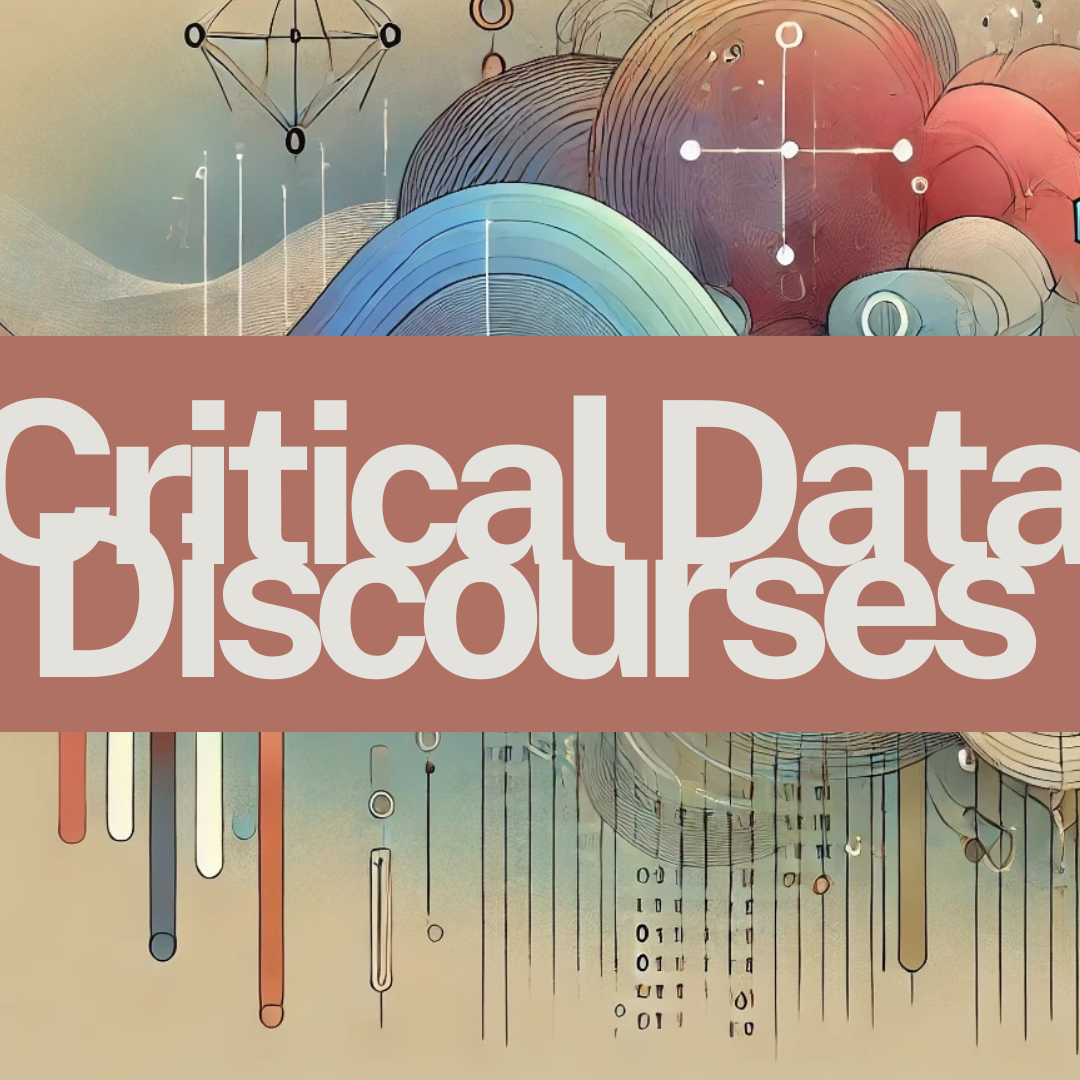My four-year-old son has declared 36 to be the best number. His reason: 36 is the only number (he knows of) that is both a square and a staircase number AND an up-and-down-staircase number. “Staircase numbers” are what he calls triangular numbers (numbers that are the sum of the first $n$ integers). This name comes from the blocks he has that can be arranged into a staircase. He also calls them “step squad” numbers thanks to Numberblocks.
Postagens de Rogue Scholar

Because of the ambiguities inherent in the job, spy dramas tend to have morally grey characters, mutable moralities and can, though do not have to, engage in subversive critique of geopolitics and governments (cf Oldham 2017).

Original call here. Exploitation. Lowbrow. Cult. Underground. Trash. Poverty Row. Programmers. Pulp. Popular. Mass. … These descriptors of the “B” movie apply just as well to what we term “B-TV,” as they describe an aesthetics derived from the industrial realities that produced them.

Editor: Sabrina Mittermeier View the full call here >> https://intellectbooks.com/tv-matters TV Matters is a new series of short monographs (40,000 to 50,000 words) on television series, analysing their production history, cultural context, main themes, as well as fandom and audience reception. The focus is on shows that both have critical acclaim (as reflected by awards, media reviews), but more importantly, are genuinely ‘popular’.

The first time I saw one, I didn’t realize what I was looking at. It stood on the observation platform, its posture unnaturally still, skin flawless and smooth like porcelain. It looked human—two arms, two legs, a head—but something about the way it held itself screamed not human . It turned, catching me in its gaze. That’s when I saw its eyes: black pools with no whites, no iris, no pupils. Just featureless, bottomless voids.

re:turn

The Australian National Graph is the first large-scale initiative to develop a national PID graph database. Using the Research Graph schema, it connects more than a thousand research organisations to their associated research outputs.
A new genomic analysis of the blue peafowl and its endangered green sister species provides insights into unwanted hybridization between these closely related birds, which may pose a risk to conservation efforts. The authors of a new GigaScience article also show

Open source projects like InvenioRDM – on which we rely for our repository software at Knowledge Commons – thrive on community contributions. When initiatives like ours not only use these platforms but actively contribute improvements back to the original codebase, everyone benefits. This “upstreaming” process takes work, but it represents the collaborative spirit that makes open source software so powerful.

I saw a thing fly by on PsyArxiv and must write about it. Warning: snark detected. This is a new paper by Green, Kong, Brysbaert, and Keogh with the following abstract: “This paper revisits the Age of Acquisition (AoA) norms of Kuperman et al. (2012). Three studies were conducted.

In a time when research data is increasingly at the heart of research integrity, discussions about data sharing, openness, and reusability have gained prominence. Yet, the ethical complexities surrounding research data—who collects it, how it is used, and whose interests it serves—are often sidelined.